What is RC Wire on Thermostat? (Functions, Wiring, Guide)
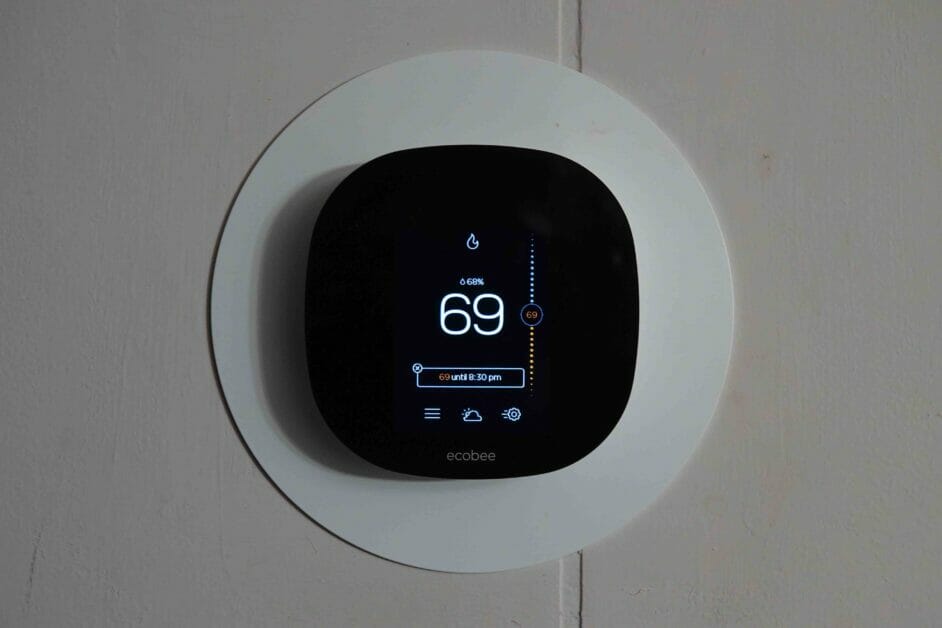
This tiny piece of wire may seem insignificant but trust me; it’s more than meets the eye. When summer hits, and you’re craving some cool air, the RC wire comes to your rescue!
RC wire, “Red-Cool,” is a specific wire in your thermostat that communicates the need for cooling to your HVAC system. When the indoor temperature rises above your set point, the RC wire signals your cooling system to start operating.
Now let’s dive into more details about this.
Understanding the Basics
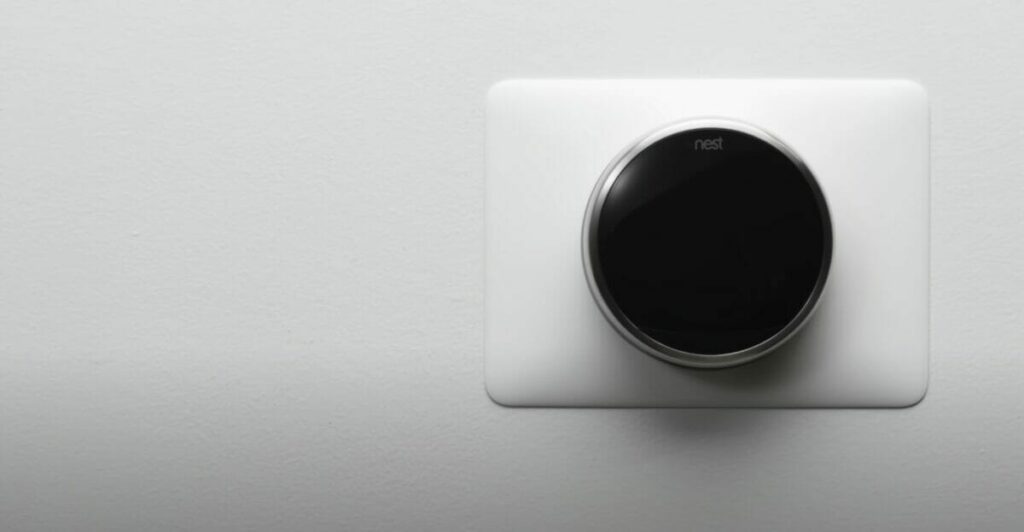
You might think, “Sure, I know what a thermostat is. It’s that thing I yell at when my house feels like the Arctic Circle!” And yes, while it controls your indoor climate, there’s more to its job than meets the eye.
First off, thermostats are smart. They’re like mini-computers controlling your heating and cooling systems. When the room temperature has drifted from your preferred setting (say 70°F), they send an alert to kick your heater or air conditioner back into gear.
The key component in this process is something called a heat anticipator. This little guy helps regulate how often the furnace turns on and off by predicting when it needs to start again based on past performance. Think of it as having a weather forecaster inside your thermostat!
Not all thermostats are created equal, though. There are two primary types:
- Mechanical thermostats use bimetallic strips or gas-filled bellows.
- Electronic thermostats rely on sensors to regulate room temperature.
Mechanical ones have been around for ages and are pretty straightforward—when things get too hot or cold, these strips or bellows expand or contract to flip a switch.
On the other hand, electronic ones use modern technology with sensors and circuitry, giving us features like programmability and Wi-Fi connectivity.
The Role of the RC Wire in a Thermostat
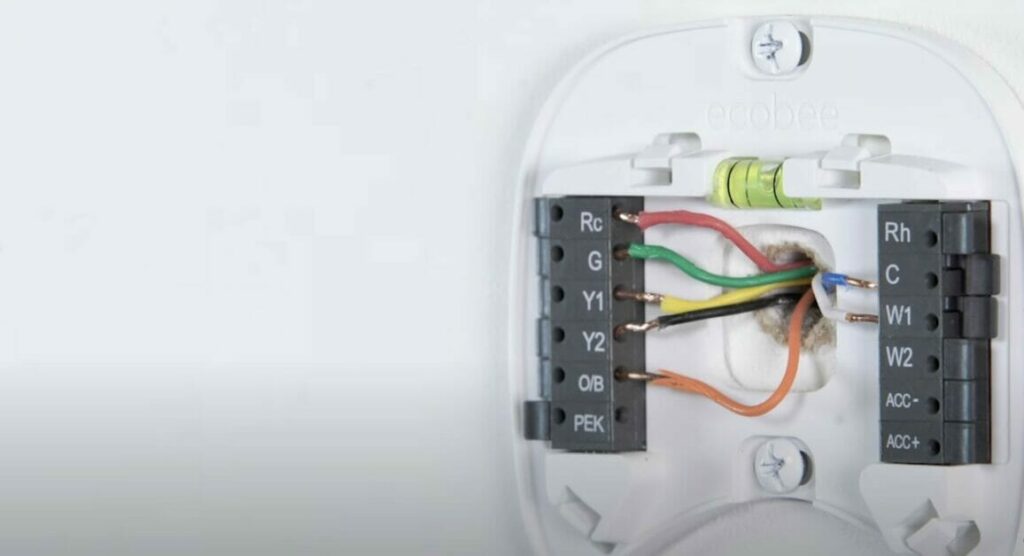
The RC wire plays a crucial part in the functioning of your heating and cooling system. It stands for “Red-Cool,” but don’t be fooled by its simple name – it’s got quite an important job!
When you’re kicking back on a sweltering summer day and decide to turn on the AC, the RC wire sends out the marching orders. It acts as a power supply, communicating between your thermostat and cooling system to say, ‘Hey there! My owner needs some chill over here.’
Now if you’ve ever looked at your thermostat wiring and said, ‘Wait… I’ve got an R and an RC wire!’ Fear not! You’re not seeing double. While they may sound similar, there’s a key difference. The R wire (or “Red Heat”) handles communication for your heating system.
Here’s how these wires are typically broken down:
| Wire | Function |
|---|---|
| R | Heating |
| RC | Cooling |
But what if you only see one red wire instead of two? Don’t sweat it! In many thermostats, especially older models or single-stage systems, you’ll often find just one combined RH/RC doing all the heavy lifting.
To sum up:
- The RC Wire is like an orchestra conductor directing cool air whenever needed.
- Having both R and RC isn’t unusual; they each handle different tasks (heating vs cooling).
- One red wire handling both jobs? Normal too!
Installation Guide: Connecting Your RC Wire
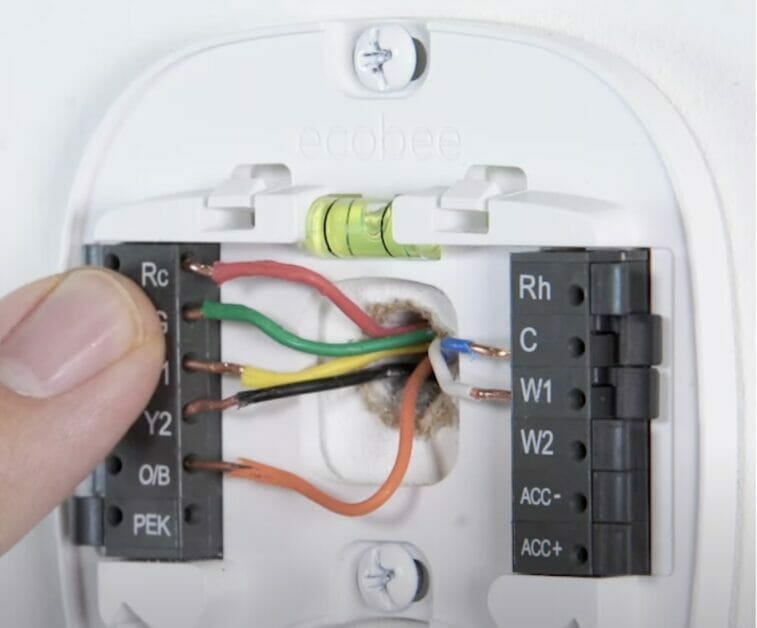
So you’re ready to take on the challenge of connecting your thermostat, huh? Let me guide you through it. We’re focusing on that tricky little bugger: the RC wire. Now, don’t let it intimidate you! It’s not as complicated as it might seem.
First things first, safety is key here, folks! Before we dive in, make sure your HVAC system is turned off. You wouldn’t want to get a jolt while handling wires, would you?
All right then! On most thermostats, you’ll find the RC wire slot colored red and labeled “RC.” This might be combined with another “RH” slot, depending on your thermostat model. These two are often bridged together because they both power the thermostat but come from different sources – AC and heating units, respectively.
Now grab that red wire – yep, that’s the one! Connect this bad boy into the RC slot – or RH if there isn’t an RC. Pop it in if there’s only one R terminal (like in some older models)!
Here’s a quick recap:
- Turn off your HVAC system
- Find the ‘RC’ (or ‘RH’) slot
- Connect red wire
Remember, folks, every home setup can vary slightly, so don’t panic if yours seems a touch different. When in doubt, refer to your specific thermostat manual or call up a professional for advice.
See? That wasn’t too hard now. Keep following these guides; before long, you’ll chat about thermostats like they’re old friends!
Exploring Different Types of Thermostat Wires
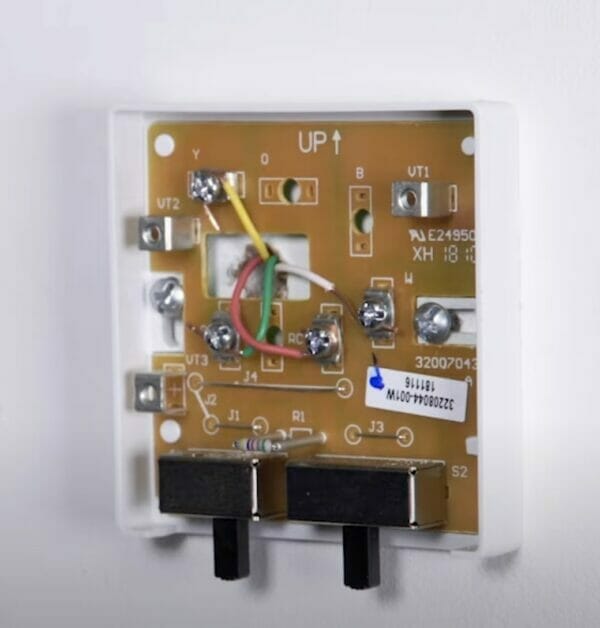
Let’s jump in and explore the world of thermostat wires. I know it sounds a bit technical and maybe even a little dry, but trust me—it’s not as complicated as it seems! Plus, having some knowledge about these little guys can be helpful when you’re troubleshooting your home heating system or installing a new thermostat.
First up, let’s review RC wires again. These are crucial for thermostats because they’re responsible for controlling the cooling system in your house. That’s right—you might sweat on those hot summer days without an RC wire!
Now onto RH wires. Similar to an RC wire but with a twist—they control the heating part of your HVAC system. So if you’re shivering during winter and your heater isn’t turning on, this wire might be wrong.
Next in line is the C-wire or common wire. This one is important for providing continuous power to your thermostat. Don’t have one? No worries—I’ve got some hacks that we’ll cover later.
Last but certainly not least is our G Wire friend. This guy controls the fan relay and helps maintain comfortable temperatures throughout your home by circulating air properly.
That’s just scratching the surface, though! There are more types like W-wire which controls heat relay or valve too!
- RC Wire: Powers Cooling
- RH Wire: Powers Heating
- C-Wire: Provides Continuous Power
- G-Wire: Controls Fan Relay
- W-Wire: Controls Heat Relay/Valve
There’s quite a collection here – who knew thermostats could be so complex? But don’t worry – once we break it down piece by piece, you’ll see how they all come together seamlessly!
References
Organizations:
- American Society of Heating, Refrigerating, and Air-Conditioning Engineers (ASHRAE). https://www.ashrae.org/
- Air Conditioning Contractors of America (ACCA). https://www.acca.org/
Books:
- “Modern Refrigeration and Air Conditioning” by Andrew D. Althouse, Carl H. Turnquist, and Alfred F. Bracciano
- “Audel HVAC Fundamentals, Volume 1: Heating Systems, Furnaces, and Boilers” by James E. Brumbaugh
Website Resources:
- Energy.gov. https://www.energy.gov/
- HVAC.com. https://www.hvac.com/
- Family Handyman. https://www.familyhandyman.com/
Video References:
Google Nest
Tec Tube
